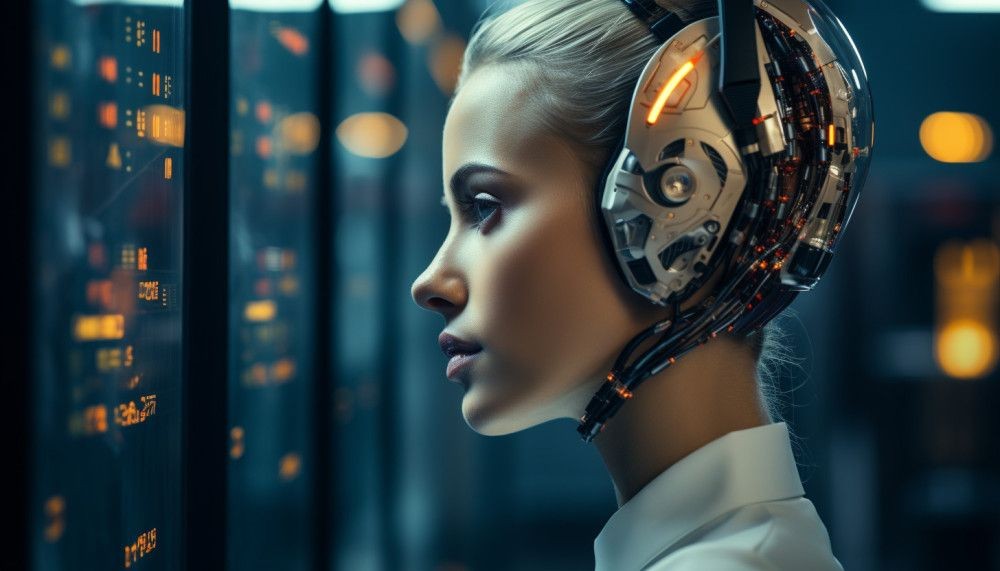Customer expectations are soaring: instant responses, 24/7 availability, personalized experiences. That’s where AI Chatbots come in. Among them, ChatGPT powered by GPT‑5 stands out as a leading option because it combines speed, intelligence, and adaptability. As companies move to deploy AI Chatbots across support, sales, feedback gathering, and more, those using ChatGPT with GPT‑5 often lead in customer satisfaction, efficiency, and cost savings.
We’ll cover how voice and visual features, personalization, workflows, challenges, and practical tips make ChatGPT with GPT‑5 a game‑changer, and also highlight alternatives like ChatSmith.io that provide compelling AI Chatbot experiences.




